Indigo dye has been used for millennia by cultures across the globe. The most prominent use of indigo is in the dying of cloth. Garments fashioned from indigo textiles are worn by all classes of people, from working populations to royal and religious figures. Indigo is also utilized in furnishing textiles, from bed linens to wall, door, and floor coverings. It is highly prized for its range of blue colors, and it is colorfast; this means that textiles dyed with indigo can fade with age and use, but retain their blue hue.
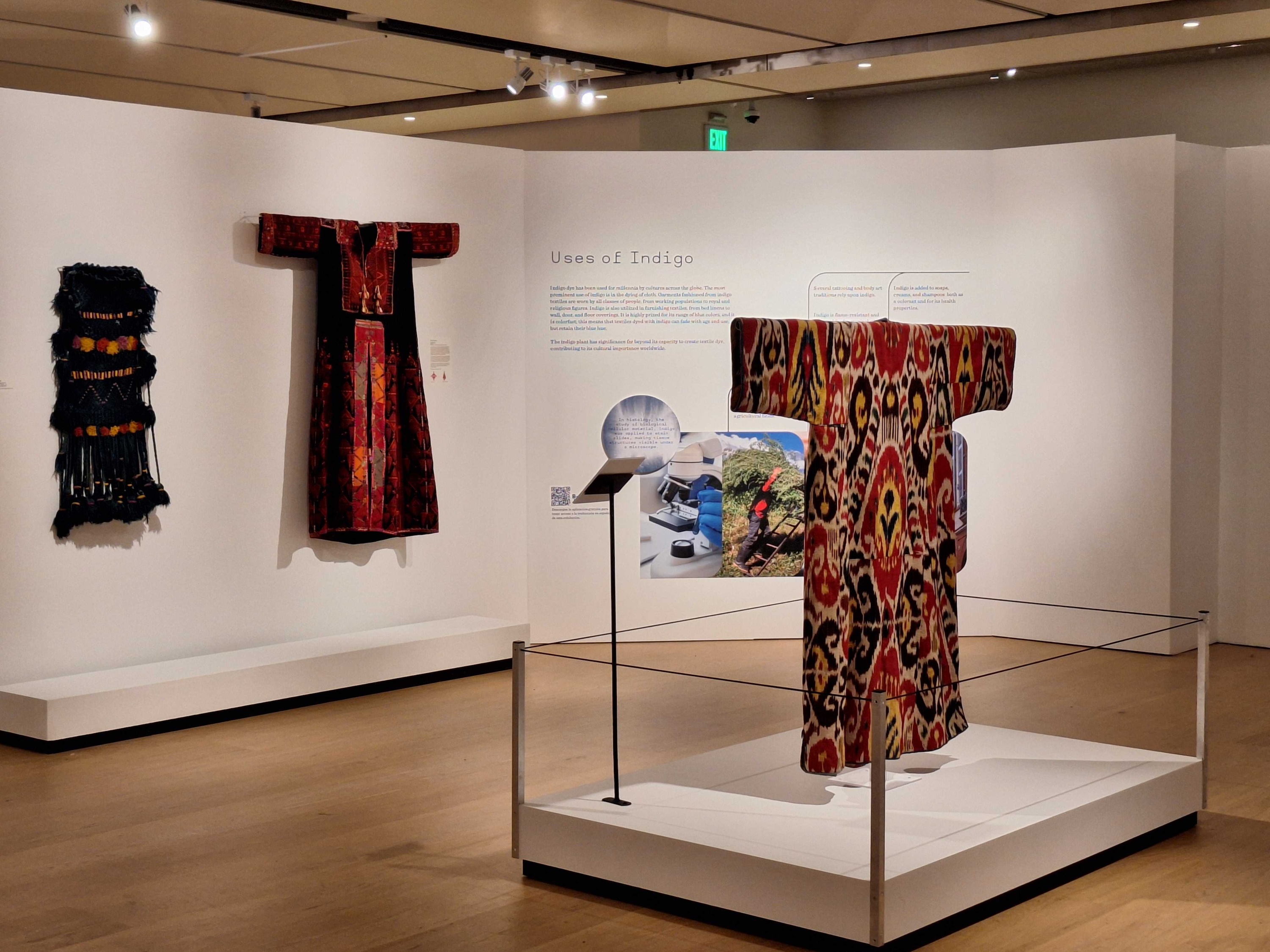
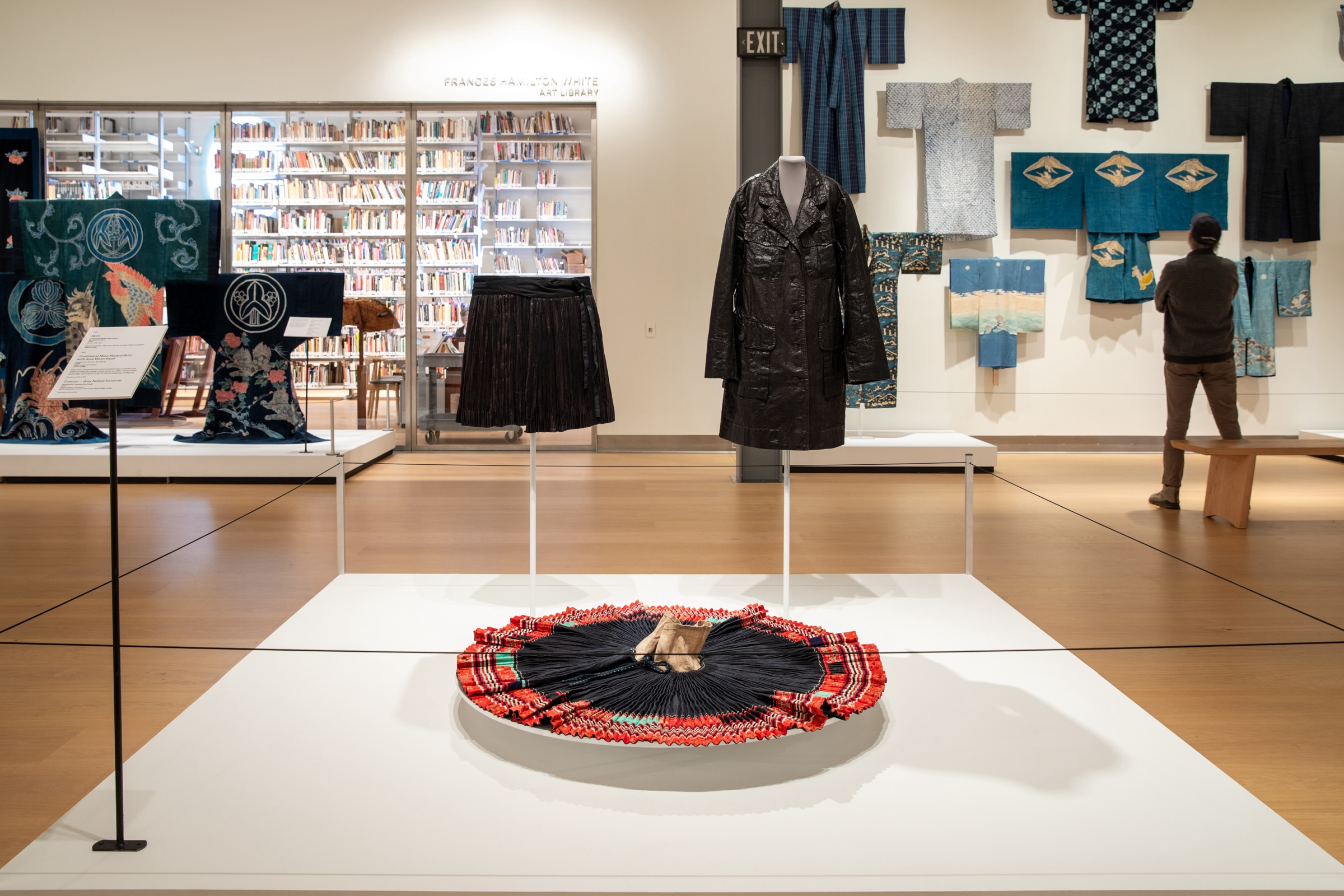
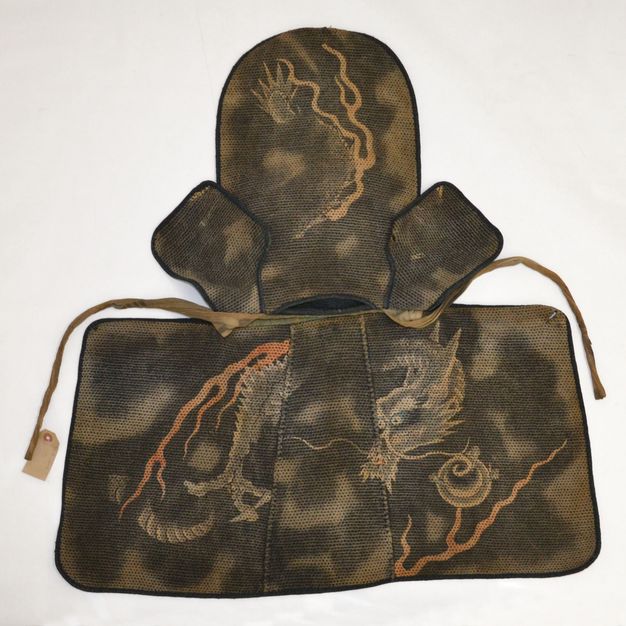
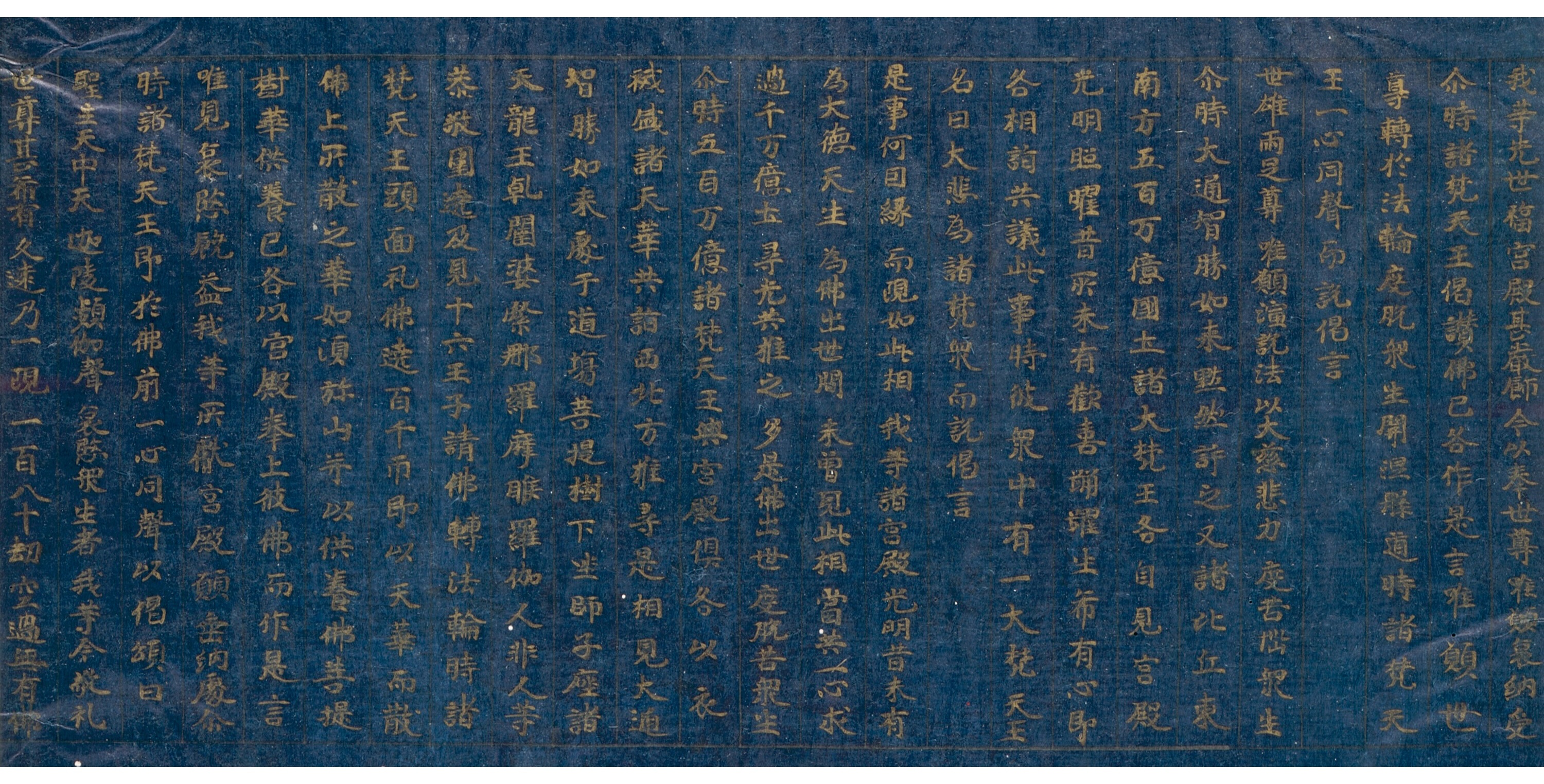
The indigo plant has significance far beyond its capacity to create textile dye, contributing to its cultural importance worldwide.
-
When grown as a crop, indigo fixes nitrogen levels in the soil, enriching and fertilizing agricultural fields
-
Several tattooing and body art traditions rely upon indigo
-
Indigo is flame-resistant and was used for firemen’s clothes in places such as Japan.
-
Around the world, indigo has mystical and spiritual associations, and is believed by some to have protective qualities.
-
Indigo is found in the pigments of ancient wall murals among the Mayans, Greeks, and Romans, among others
-
Indigo is added to soaps, creams, and shampoos, both as a colorant and for its health properties
-
Indigo plants are a component of traditional medicine in many cultures
-
Thresholds or points of entry are often painted with protective indigo, including traditional French window shutters, doors in the Caribbean, and porch ceilings in the southern United States
-
In histology, the study of biological cellular material, indigo was applied to stain slides, making tissue structures visible under a microscope.
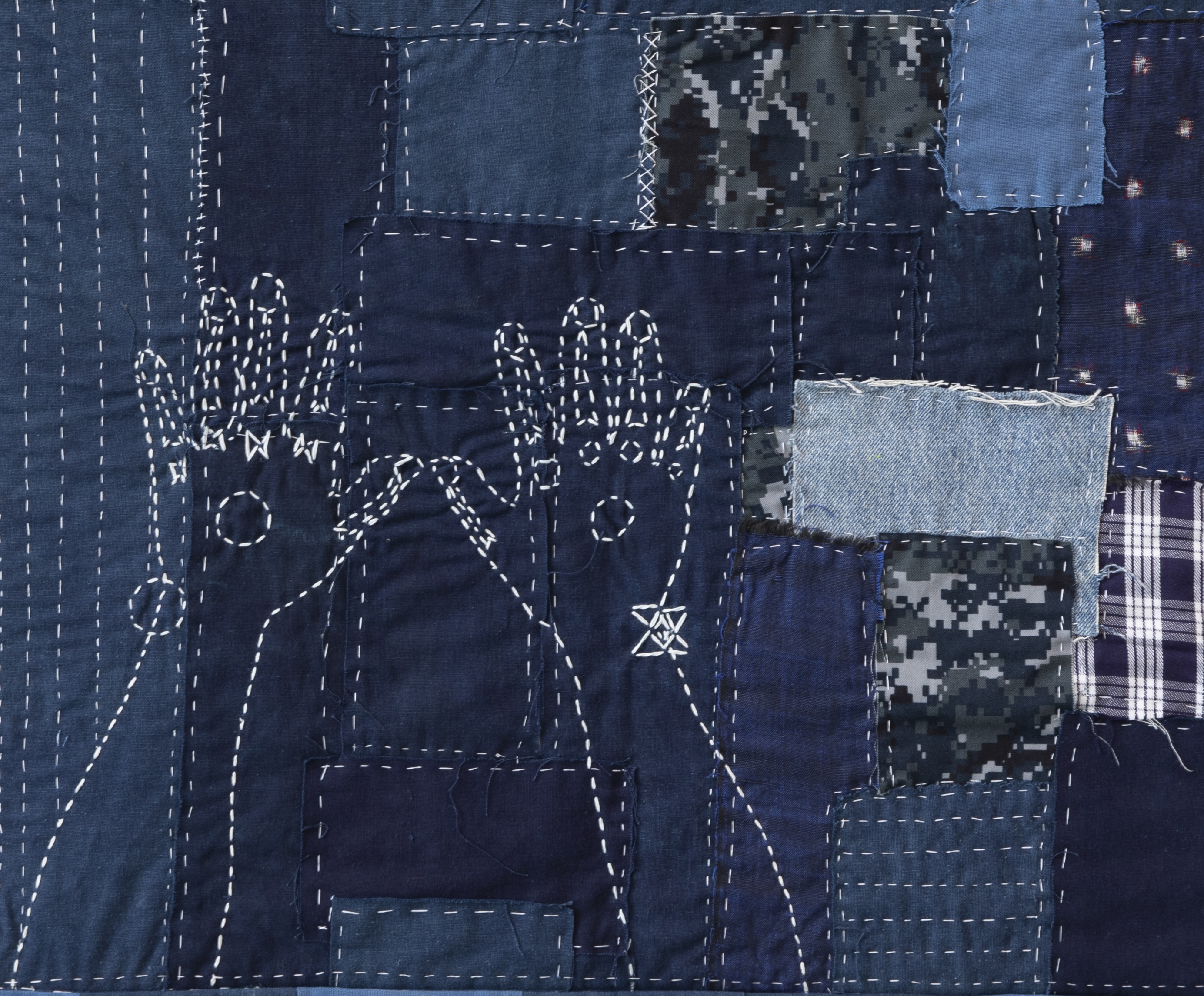
Header Image: An American alligator osteoderm stained with picroindigocarmine. Image courtesy of Atelier de la Nature.